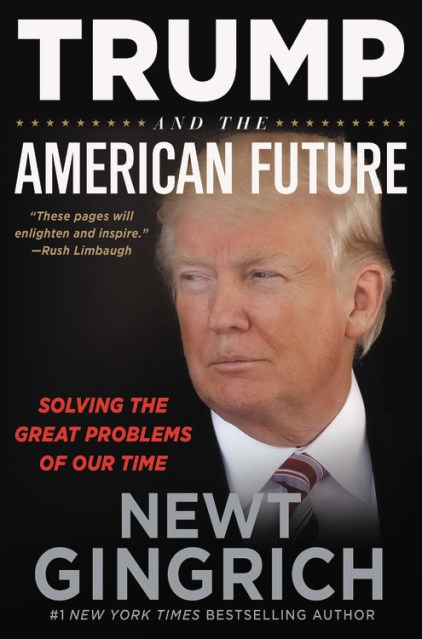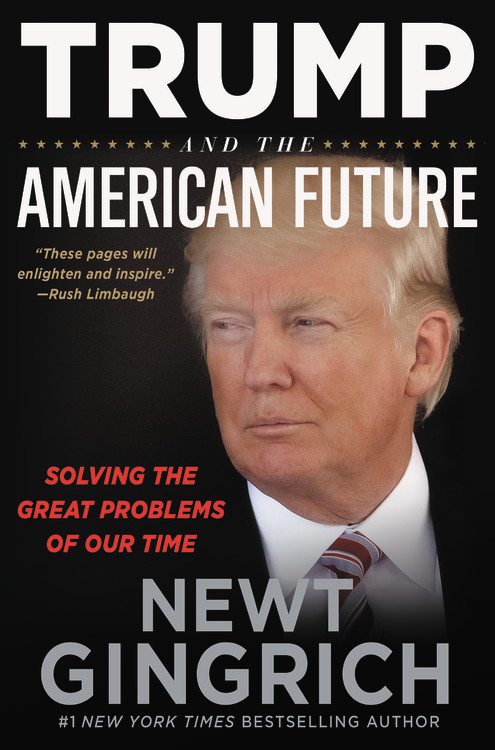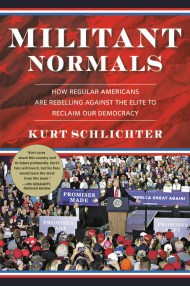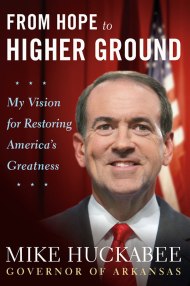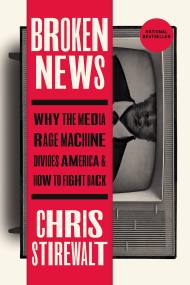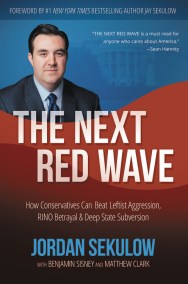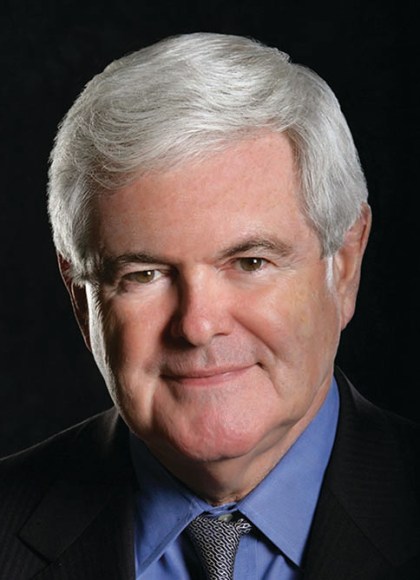Promotion
Use code MOM24 for 20% off site wide + free shipping over $45
Trump and the American Future
Solving the Great Problems of Our Time
Contributors
Formats and Prices
Price
$28.00Price
$35.00 CADFormat
Format:
- Hardcover $28.00 $35.00 CAD
- ebook $14.99 $18.99 CAD
- Hardcover $28.00 $35.00 CAD
- Hardcover (Large Print) $45.00 $57.00 CAD
- Audiobook Download (Unabridged)
This item is a preorder. Your payment method will be charged immediately, and the product is expected to ship on or around June 23, 2020. This date is subject to change due to shipping delays beyond our control.
Also available from:
New York Times bestselling author Newt Gingrich lays out the stakes of the 2020 elections and what the end results could mean for the future of American citizens.
The 2020 election is expected to be a decisive choice for America, especially as we emerge from the coronavirus crisis. It is up to the American people to decide if they want strong economic growth, a foreign and trade policy of putting American interests first, dismantling the deep state, and dramatically reforming the bureaucracies. Or if they choose to reject Trumpism and elect radical Democratic policies of big government, globalism, and socialism. Not since the election of 1964 has the choice in an election been so stark.
Trump and the American Future features insights gleaned from the lifetime of experience and access only Newt Gingrich can bring. This book is crucial reading for every citizen who wants to continue to make America great again.
The 2020 election is expected to be a decisive choice for America, especially as we emerge from the coronavirus crisis. It is up to the American people to decide if they want strong economic growth, a foreign and trade policy of putting American interests first, dismantling the deep state, and dramatically reforming the bureaucracies. Or if they choose to reject Trumpism and elect radical Democratic policies of big government, globalism, and socialism. Not since the election of 1964 has the choice in an election been so stark.
Trump and the American Future features insights gleaned from the lifetime of experience and access only Newt Gingrich can bring. This book is crucial reading for every citizen who wants to continue to make America great again.
Genre:
- On Sale
- Jun 23, 2020
- Page Count
- 368 pages
- Publisher
- Center Street
- ISBN-13
- 9781546085041
Newsletter Signup
By clicking ‘Sign Up,’ I acknowledge that I have read and agree to Hachette Book Group’s Privacy Policy and Terms of Use
